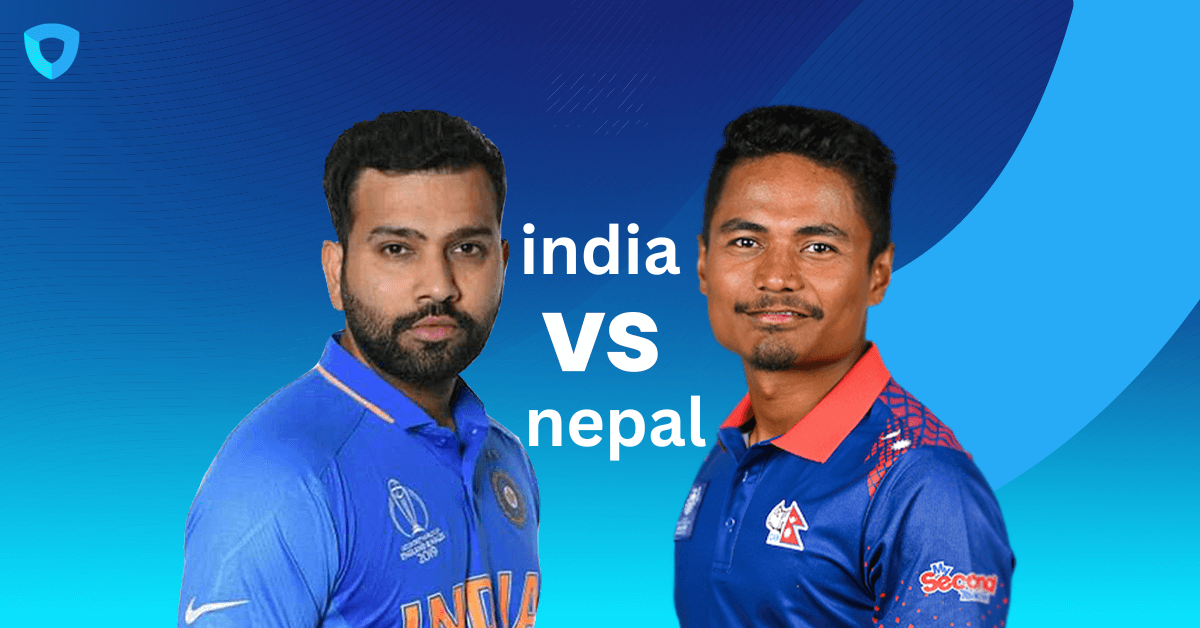Introduction India vs Nepal
India vs Nepal two neighboring countries in South Asia, share a unique historical, cultural, and geopolitical relationship. Despite their close proximity, the two nations differ significantly in various aspects, ranging from demographics and economy to politics and culture. This article delves into a comparative analysis of India and Nepal, exploring their similarities, differences, and the dynamics of their relationship.
Geography and Demographics
India, the seventh-largest country by land area, shares its borders with India vs Nepal to the north. Nepal, though much smaller in size, boasts diverse topography, including the towering Himalayas in the north and the fertile plains of the Terai region in the south. India, on the other hand, exhibits a wide range of geographical features, including mountains, plains, deserts, and coastal areas.
In terms of population, India is the second-most populous country globally, with a population exceeding 1.3 billion. Nepal, with a population of around 30 million, is significantly smaller in comparison. Both countries are ethnically diverse, with India being home to numerous ethnic groups and Nepal being a melting pot of various ethnicities, languages, and cultures.
Economy
 India vs Nepal boasts one of the world’s largest economies, characterized by a mix of agriculture, manufacturing, and services sectors. It is a major player in the global economy, with significant contributions from industries such as information technology, pharmaceuticals, and textiles. In contrast, Nepal’s economy is primarily agrarian, with agriculture employing a large portion of the population. While Nepal has seen some growth in sectors like tourism and remittances, it still grapples with challenges such as poverty and underdevelopment.
India vs Nepal boasts one of the world’s largest economies, characterized by a mix of agriculture, manufacturing, and services sectors. It is a major player in the global economy, with significant contributions from industries such as information technology, pharmaceuticals, and textiles. In contrast, Nepal’s economy is primarily agrarian, with agriculture employing a large portion of the population. While Nepal has seen some growth in sectors like tourism and remittances, it still grapples with challenges such as poverty and underdevelopment.
Politics and Governance
India vs Nepal is the world’s largest democracy, with a federal parliamentary system of government. It consists of 28 states and 8 Union territories, each with its own elected government. India vs Nepal on the other hand, transitioned from a monarchy to a federal democratic republic in 2008, following the abolition of the monarchy and the end of a decade-long civil war. It has a multi-party system and is governed by a constitution that guarantees fundamental rights and freedoms to its citizens.
Cultural and Historical Ties
India vs Nepal share deep-rooted cultural and historical ties that date back centuries. Both countries have been influenced by Hinduism and Buddhism, with numerous temples, shrines, and pilgrimage sites scattered across their landscapes. The cultural exchange between the two nations is evident in their festivals, traditions, and languages. Hindi and Nepali are the official languages of India and Nepal, respectively, although both countries are home to a multitude of regional languages and dialects.
Geopolitical Relations
The geopolitical relationship between India vs Nepal has been characterized by both cooperation and occasional strains. While historical and cultural affinities have served as the foundation of their relationship, issues such as border disputes, trade imbalances, and political differences have at times strained bilateral ties. However, both countries have also collaborated on various fronts, including trade, security, and regional development initiatives.


